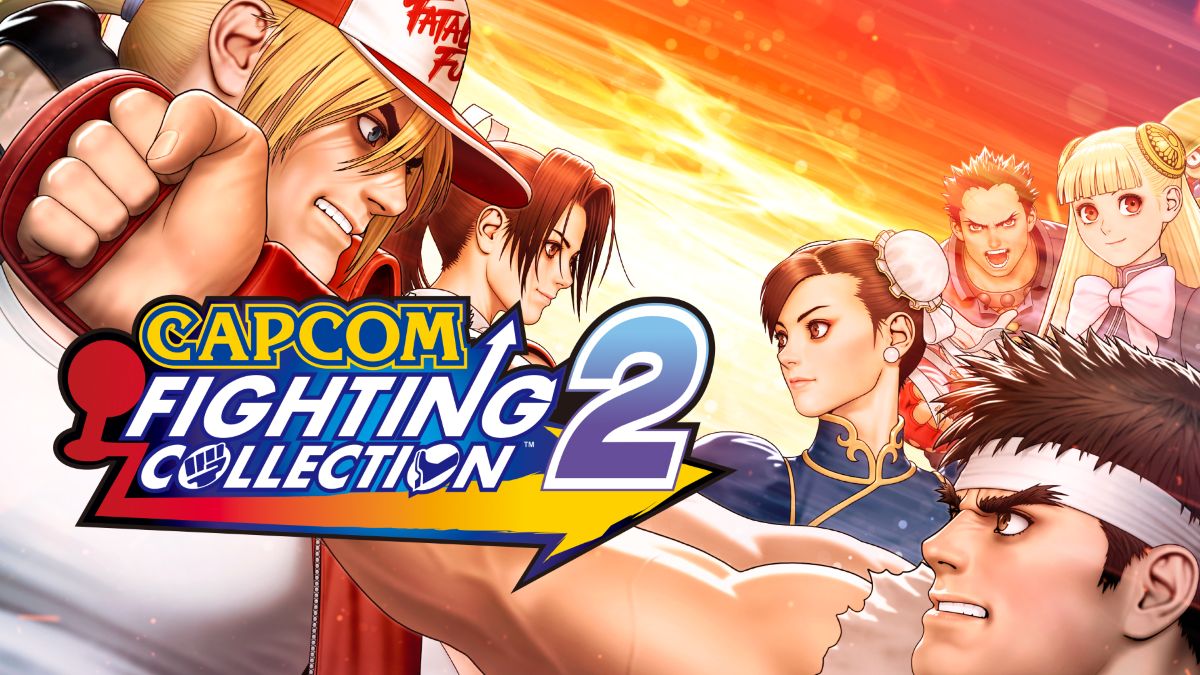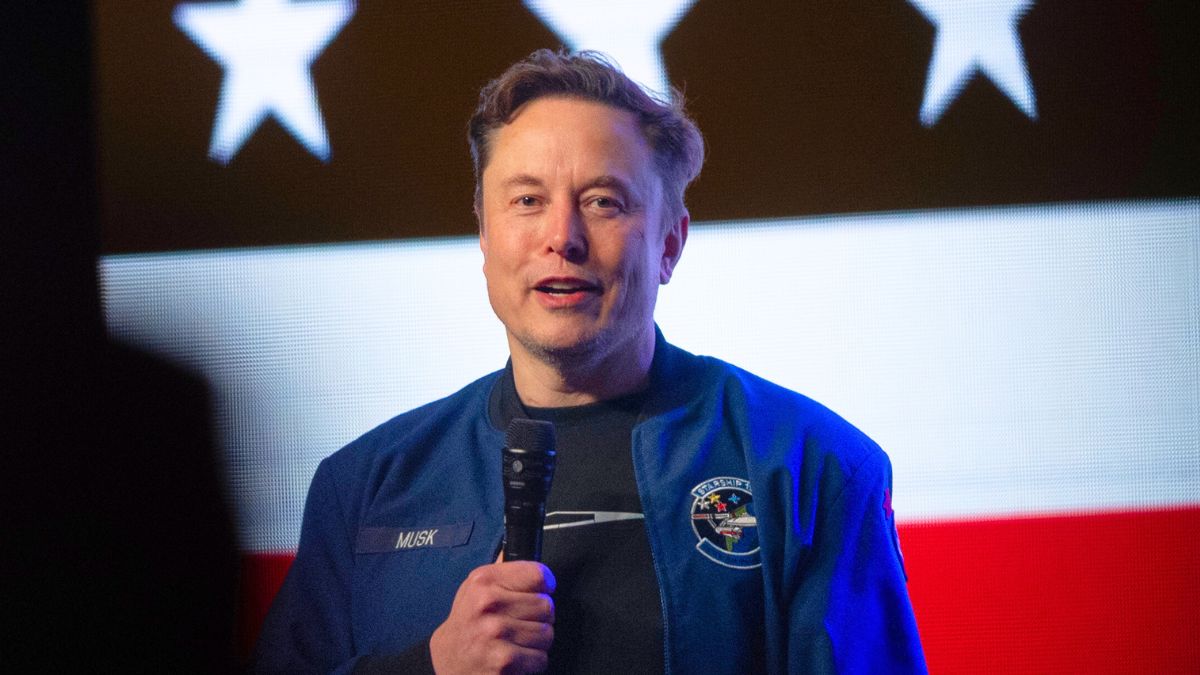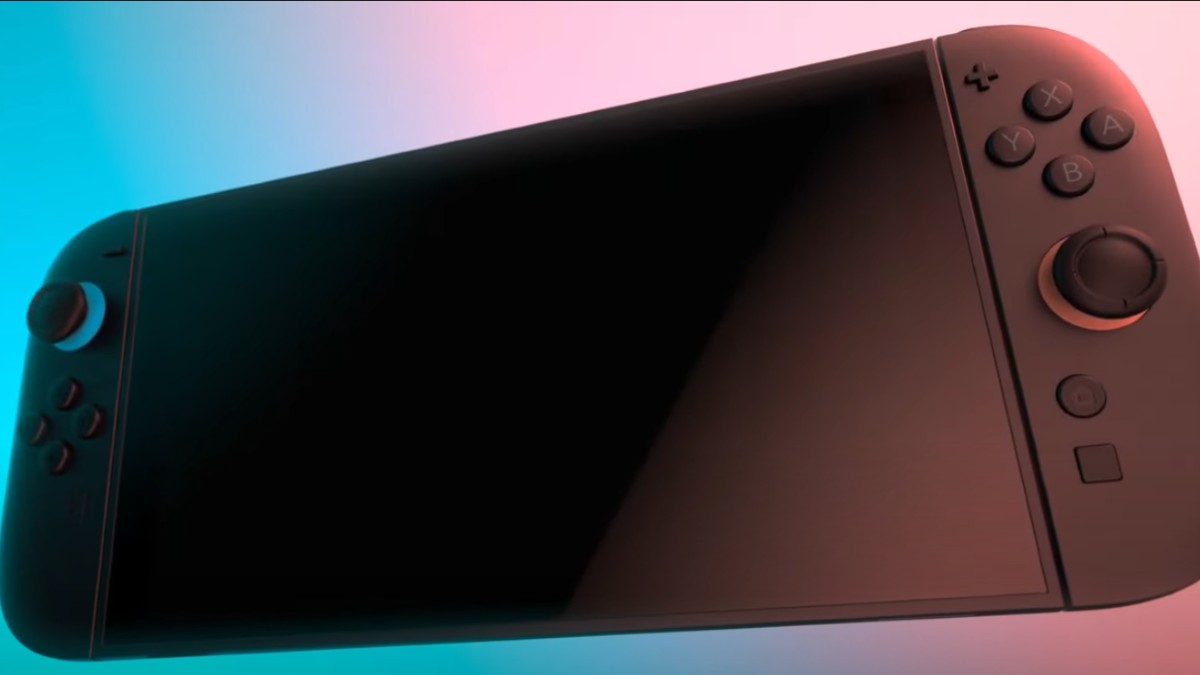Even at the age of seven, I knew I had stumbled onto something special.
Like most kids at a young age, I never found myself in a position to have any say on what direction video games would take in our house. With an older brother who also played games, and a father who did some of his own scouting, I was often left at the mercy of other people’s decisions when it came to what games and consoles we would buy.
In the early years, we were a Nintendo family. This made sense of course, as the original Nintendo Entertainment System trounced the competitors. Throughout the years, my family stuck with the Big N, complemented by Sega’s hardware up until their demise, with Microsoft and their Xbox line quickly picking up the slack.
By now you’ve probably realized that that Sony hasn’t been mentioned, and for good reason. Up until late 2010, I had never owned a Sony console (that’s when I picked up a PlayStation 2), and I only acquired a PlayStation 3 less than three years ago. This has, unfortunately, left a rather giant hole in my knowledge and experience of gaming. I have little to no experience with JRPGs because of this, and there are a few other key franchises which have eluded me up until recently. But really, the reason I (finally) picked up a Sony console was because of Metal Gear.
The minute the PlayStation 2 arrived at my doorstep, I was whisked back to my younger years (specifically age seven), when I had the chance to try out the Metal Gear Solid demo that was distributed via disc. I didn’t know a whole lot about video games then, but I immediately knew that we had a game changer on our hands. The Konami jingle, the start screen, the sound effects; they are all effectively burned into my memory (I really can’t stress how much this demo blew me away). Up until that time, video games (especially console titles) didn’t have lengthy cutscenes, voiced audio conversations, and that cinematic feel that has become synonymous with the long-running series. Obviously, the first game I booted up on my shiny new (but still, at this point outdated) console was, you guessed it, Metal Gear Solid.
Needless to say, I was blown away. The story, the action scenes, the characters, the completely out of place but somehow endearing easter eggs and goofy moments; as the credits rolled, I couldn’t help but realize how stupid I was for taking so long to track down and beat this amazing game. I wasted no time in tracking down and playing the next few entries, though it’s still hard to top the original Metal Gear Solid. However, I will admit that Snake Eater comes damn close.
And now, it’s all come full circle, as the release of Metal Gear Solid V: The Phantom Pain is upon us. If you’re anything like me, and have followed its development over the past few years, it’s been nothing short of a bumpy ride. Ground Zeroes and its short length aside, news of development woes have been leaking out full force, which eventually culminated in Konami and series creator Hideo Kojima parting ways, with Konami going so far as to remove Kojima’s name from all official artwork and promotional material.
Now, with what is in all likelihood Kojima’s final Metal Gear game finally out in the open, I find myself rather confused on how to go about describing my thoughts on it.
I’ll admit, after spending a few hours with The Phantom Pain, I didn’t exactly come away as feeling impressed. Sure, it had only been a few hours, but I couldn’t help but feel that we (by which I mean the collective Metal Gear community) had been cheated.
On paper, The Phantom Pain is the unlikeliest of Metal Gear games. Gone are the long-winded cutscenes and codec calls, and you can forget basking in the gruffness that is David Hayter, as he no longer voices Snake. When it comes to actually playing the game, plenty of series’ mainstays have been scrapped; a health bar (and the use of rations) has been replaced by regenerating health, and you can forget about your traditional radar system. Standard countdowns for alert phases are gone, and the camouflage system that defined Snake Eater is nowhere to be found. Standard difficulty modes are gone too, meaning that playthroughs on Extreme or European Extreme are but a thing of the past.
Series purists will undoubtedly be soured by these changes, and it’s easy to see why. After all these years of growing up with a series, it is a little painful to see them taken away, relegated to entries in the earlier series, a phantom if you will.
I’m obviously laying it on a bit thick here, but these design decisions are actually more in line with what I’ve come to expect from an auteur like Kojima. Subverting expectations is essentially a staple of the series, going all the way back to Metal Gear Solid 2: Sons of Liberty, which famously employed a bait and switch by swapping out tough-guy Solid Snake for the soft-faced, bishōnen Raiden. Metal Gear Solid 3: Snake Eater did much the same thing, once again swapping out Solid Snake for his ‘father’, Naked Snake (later known as Big Boss); all while flinging us back into the 60s, in a spy-flick homage set in the jungles of Russia.
These subversive elements exist throughout the series, and in many ways, they are back in full force this time around. Which is why I guess this part of my review serves as a disclaimer: If you are a diehard stickler, who is dead set on playing the same old Metal Gear, then you are better off skipping The Phantom Pain and leaving your outlook on the series unchanged, for better or for worse.
Everyone else, read on.
In the past, the series has generally adhered to a fairly rigid narrative design, which in turn dictated how levels played out. For the most part, you’d advance a few floors/rooms/areas in a predetermined location or building, which would eventually trigger a cutscene, usually replete with lengthy monologues about nuclear weapons, bipedal tanks, nanomachines, and plenty of series staples.
This is all thrown out in the name of freedom, as The Phantom Pain attempts to single out a few of the mainstay mechanics, mesh them with new ones, and blend them together in a vast, open world.
And for the most part, it does so wonderfully. In the past, the series (and the stealth genre as a whole) has been criticized for being too unforgiving, often sacrificing accessibility and freedom in the name of pre-determined AI paths and unforgiving consequences for being spotted. That’s all been retooled this time around however. Rather than taking place in one, long linear sequence, The Phantom Pain breaks up its narrative into episodes, not unlike its PSP predecessor, Peace Walker.










Published: Sep 10, 2015 7:16 PM UTC